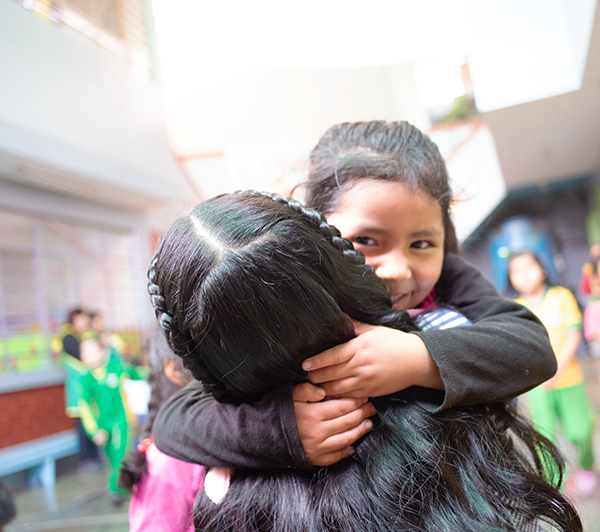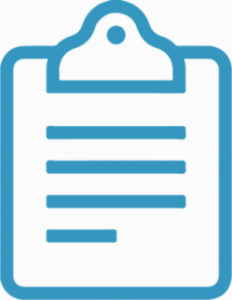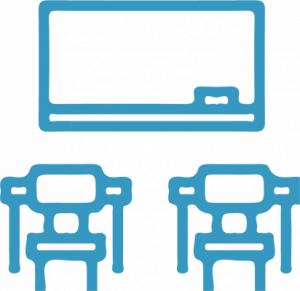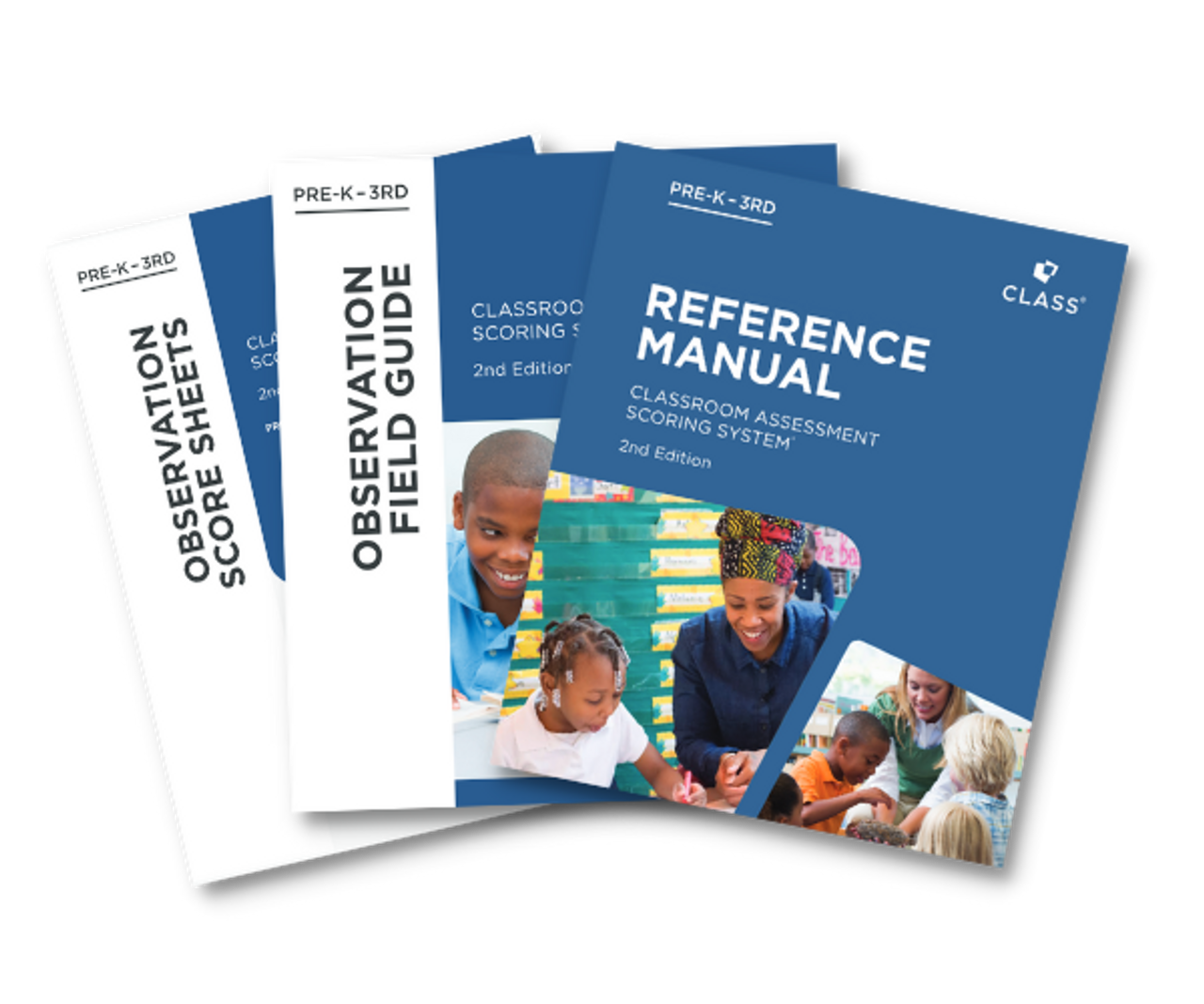CLASS® 2nd Edition
CLASS® 2nd Edition builds on decades of research and feedback from the field to help organizations focus on, measure, and improve interactions from birth to 3rd grade.Whether you're enhancing an existing quality improvement system or creating one from the ground up, CLASS 2nd Edition provides practical insights and tools to drive meaningful outcomes.

Improved Tools, Same Reliable System
CLASS 2nd Edition supports the full continuous quality improvement cycle by measuring and improving the effectiveness of interactions across varied settings while supporting data-driven professional development for educators. With CLASS:
-
Maintain educator-child interactions at the center of learning with a proven, research-based approach
-
Offer data-driven insights to guide meaningful improvements and track progress over time
-
Support scalability with a system that integrates seamlessly across organizations of any size
-
Provide tailored professional development to meet the needs of every role
CLASS 2nd Edition Product Suite

For Leaders
CLASS Overview for Leaders
Quickly build your understanding of CLASS, explore the research behind impactful interactions, and access essential guidance for your CLASS implementation
For Observers
CLASS® 2nd Edition Observer Certification Training
Become an expert in observing educator-child interactions and drive quality impact
For Educators
 CLASS® Intro to Interactions for Educators
CLASS® Intro to Interactions for Educators
Build foundational skills and confidence for impactful teaching with Teachstone’s Intro to Interactions for Educators training.
CLASS® Interaction Essentials for Educators
Empower educators with a deeper understanding of quality interactions and a strengths-based approach to improvement, led by your organization’s Interaction Essentials Trainer
For Trainers and Coaches
CLASS® 2nd Edition Measurement Trainer Program![]()
Build capacity to scale your CLASS Implementation. Hone your facilitation skills, deepen your CLASS knowledge, and become your organization’s in-house CLASS trainer and expert. Once certified, you can train observers and educators on CLASS.
CLASS® Interaction Essentials Trainer Program
Equip early childhood education professionals to facilitate adult learning and deliver research-based CLASS training to support educators within your organization.
For Organizations
CLASS Quality Improvement Subscription
Access a powerful virtual platform that turns CLASS data into meaningful insights and data-driven learning for educators
Transitioning from CLASS 2008?
Learn more about what CLASS 2nd Edition enhancements mean for your organization.FAQ
Why did Teachstone introduce CLASS 2nd Edition?
CLASS 2nd Edition reflects advancements in research and field feedback, making the system more accessible, actionable, and aligned with best practices for improving educator-child interactions.
How does CLASS 2nd Edition differ from the 2008 version?
CLASS 2nd Edition features updated dimensions, clearer guidance for observers and educators, improved alignment across age levels, and enhanced professional development resources to strengthen implementation.
What age groups are covered in CLASS 2nd Edition?
CLASS 2nd Edition supports interactions from birth through third grade, offering a comprehensive framework that strengthens educator practices across early childhood and elementary settings.

